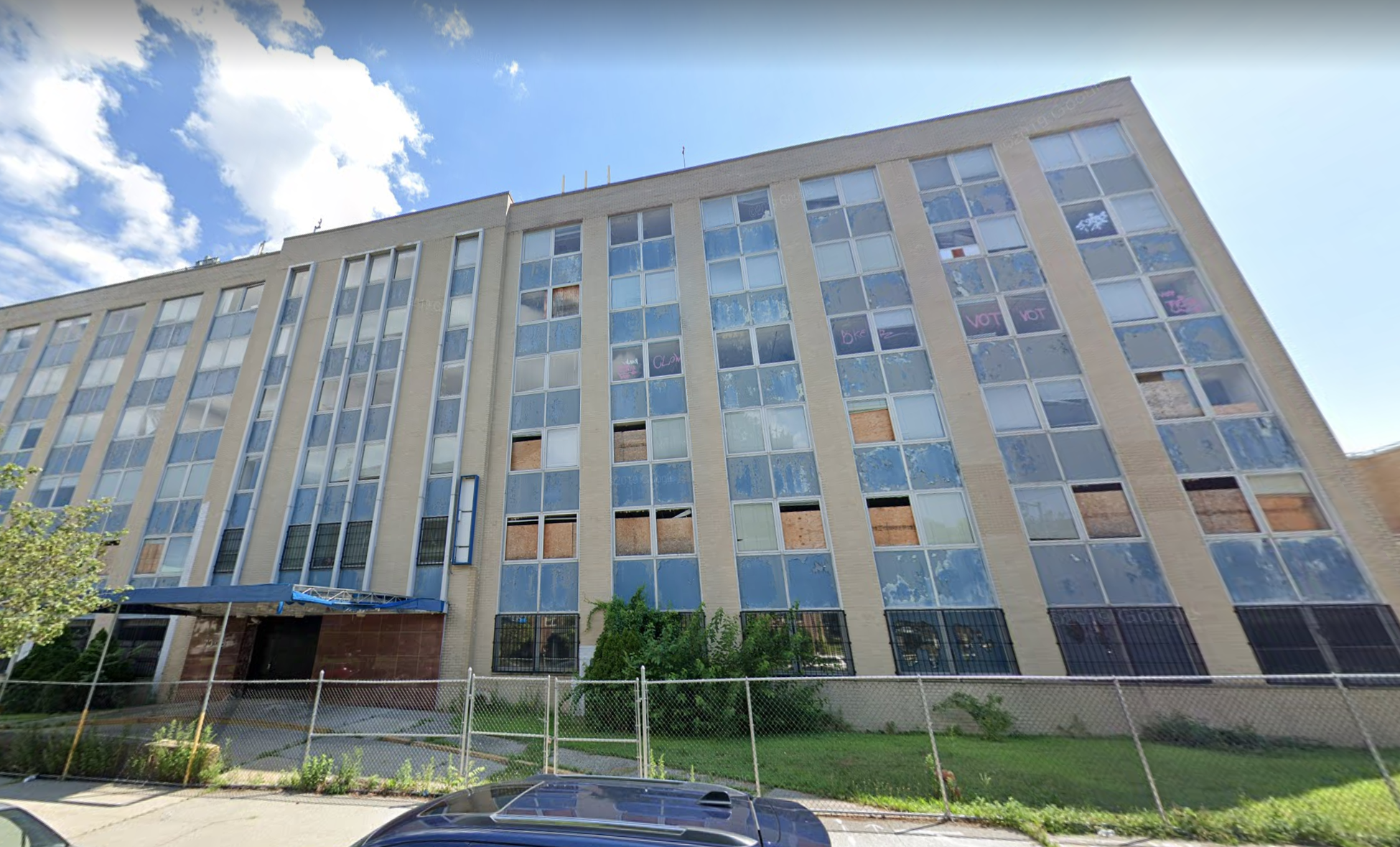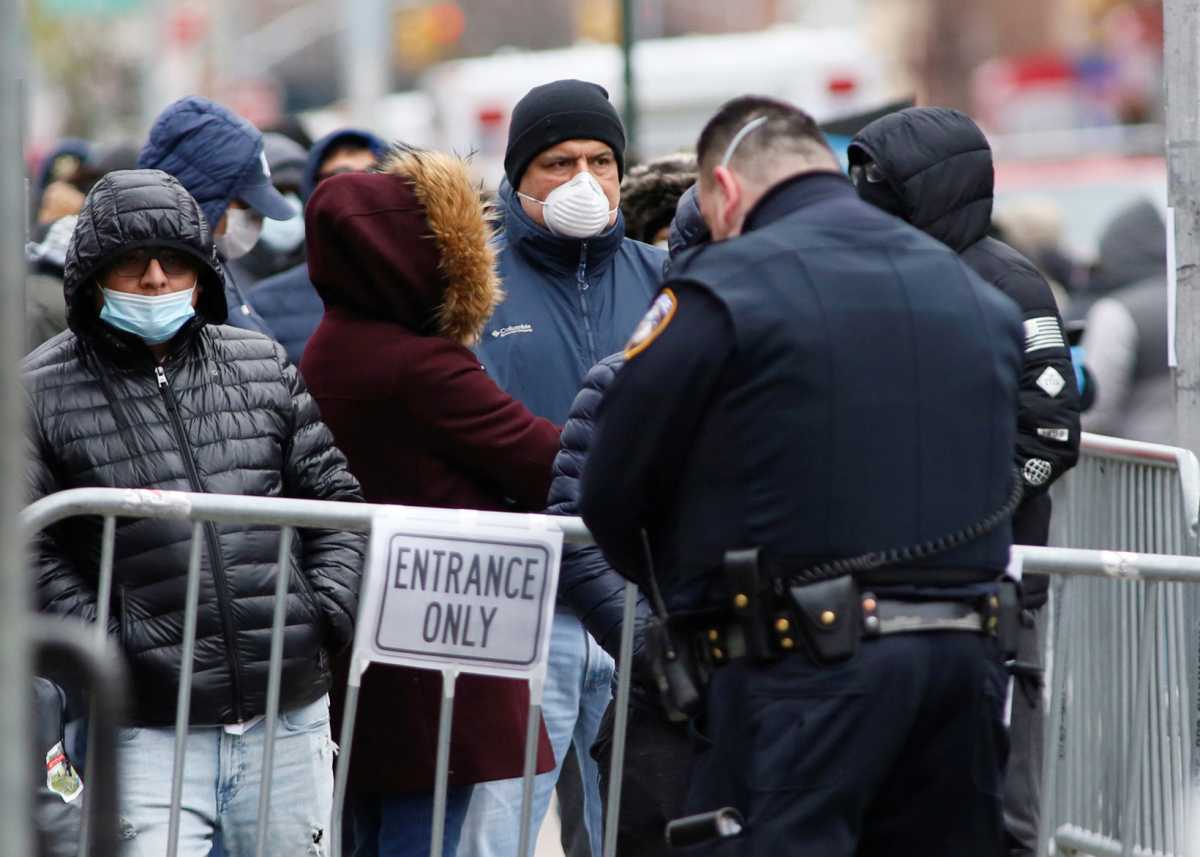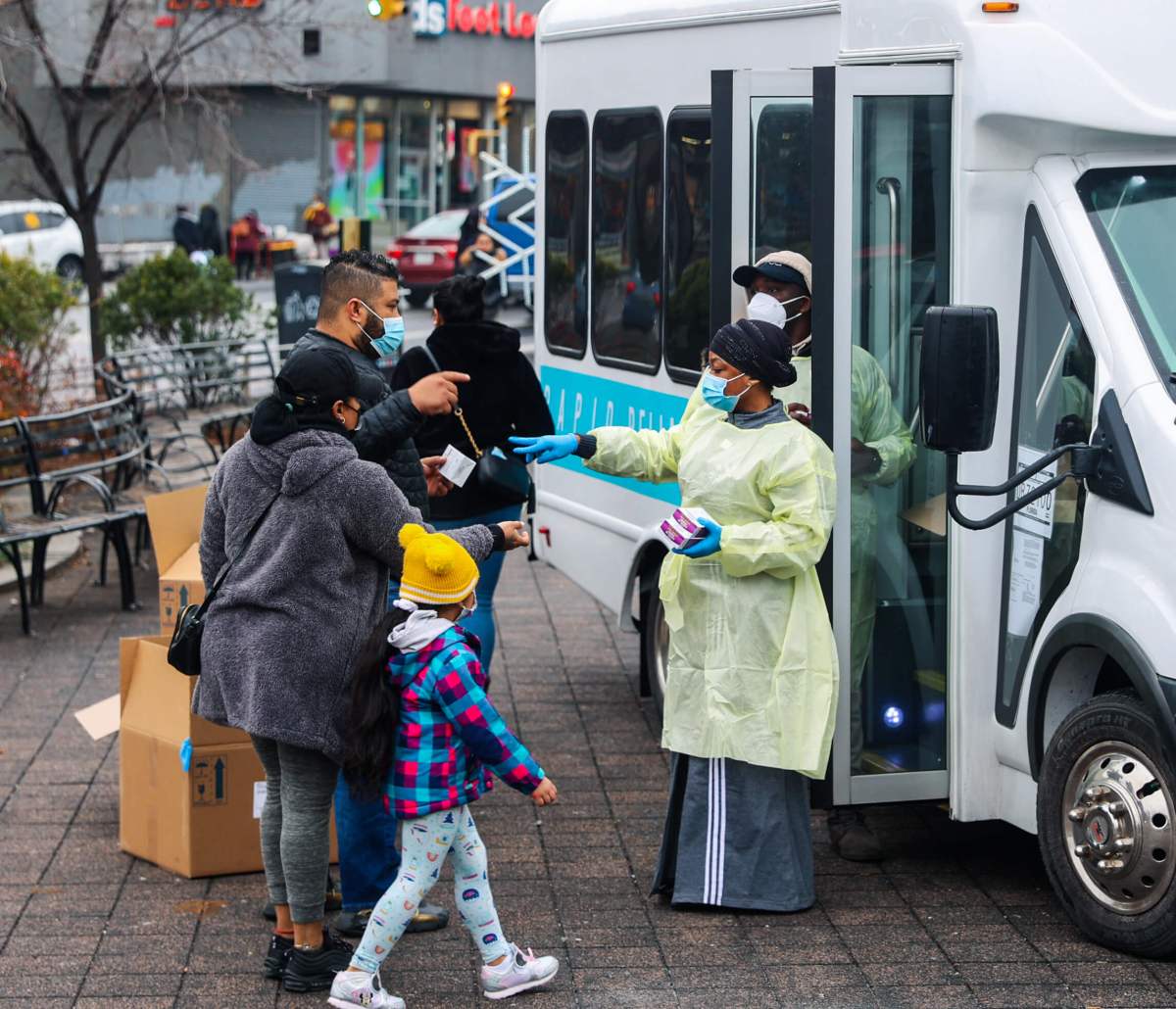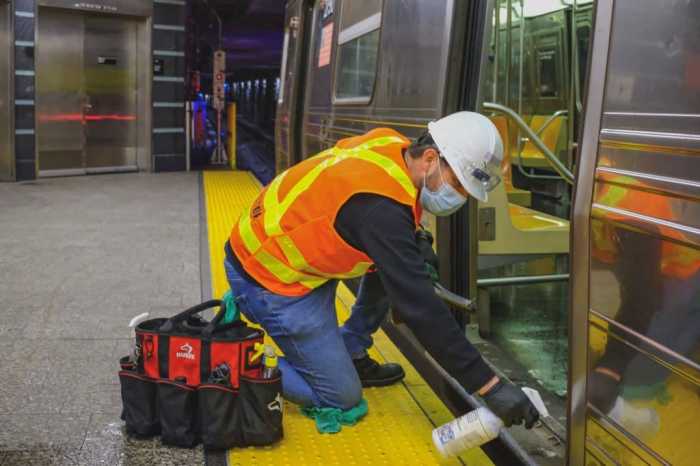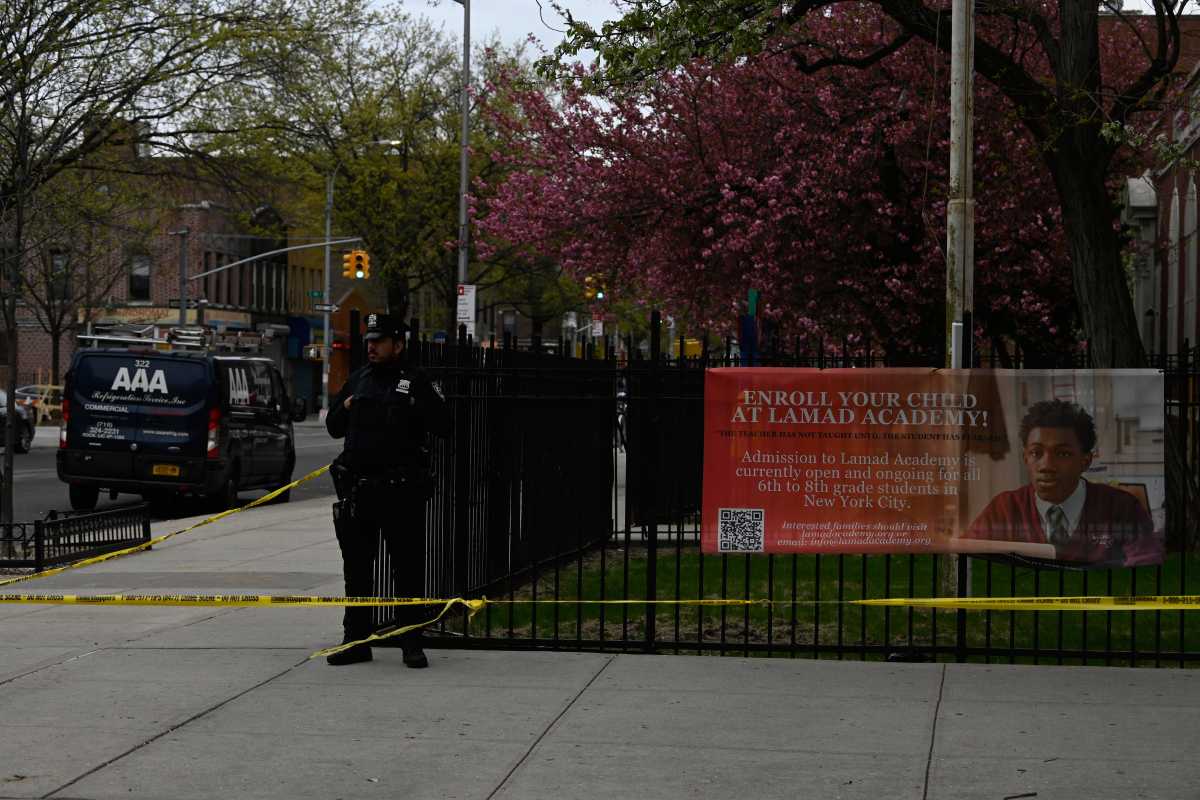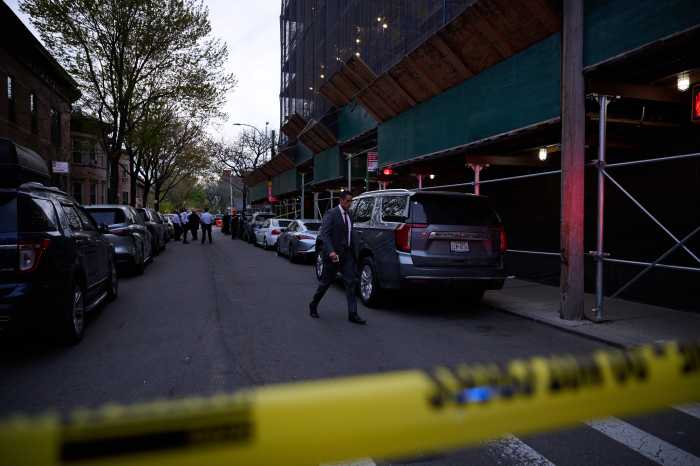More than a decade ago, the densely packed neighborhood of Elmhurst, Queens — with a population of over 88,000 in a 1.1 square mile area — was served by two major medical centers. Only one of them remains in operation today.
Elmhurst Hospital Center, now called as NYC Health + Hospitals/Elmhurst, is currently inundated amid the coronavirus epidemic hitting the city. In recent days, thousands have lined up outside the medical center, at the corner of Broadway and Baxter Avenue, to get tested for COVID-19. Thousands more have been rushed there in search of treatment from the illness.
The situation took a particularly grim turn Wednesday, when it was reported that 13 coronavirus patients died at the hospital in a single day. There were additional reports that staff is overwhelmed by the number of patients seeking care, and that resources are running low.
Over the last 11 years, Elmhurst Hospital has been the closest and only refuge for Elmhurst residents in need of medical help — but the hospital also serves the surrounding, dense communities of Jackson Heights, Corona, Woodside and beyond.
Prior to February 2009, the Elmhurst area also had the services of St. John’s Queens Hospital, formerly located at 90-02 Queens Blvd. It was founded in 1891 by the Catholic Sisters of St. Joseph and remained in the hands of the Catholic Church for most of its existence.
But financial turmoil doomed St. John’s in 2009 along with an affiliated hospital, Mary Immaculate Hospital in Jamaica. The twin closures came months after another nearby medical center, Parkway Hospital in Forest Hills, also closed its doors amid bankruptcy.
The three closures left Elmhurst Hospital as the primary source for emergency care in much of western Queens. In the decade that followed, emergency room visits continued to grow.
And just when the hospital was set to begin a long awaited expansion of the emergency department, the plague of the 21st century arrived at its doorstep.
Financial failure
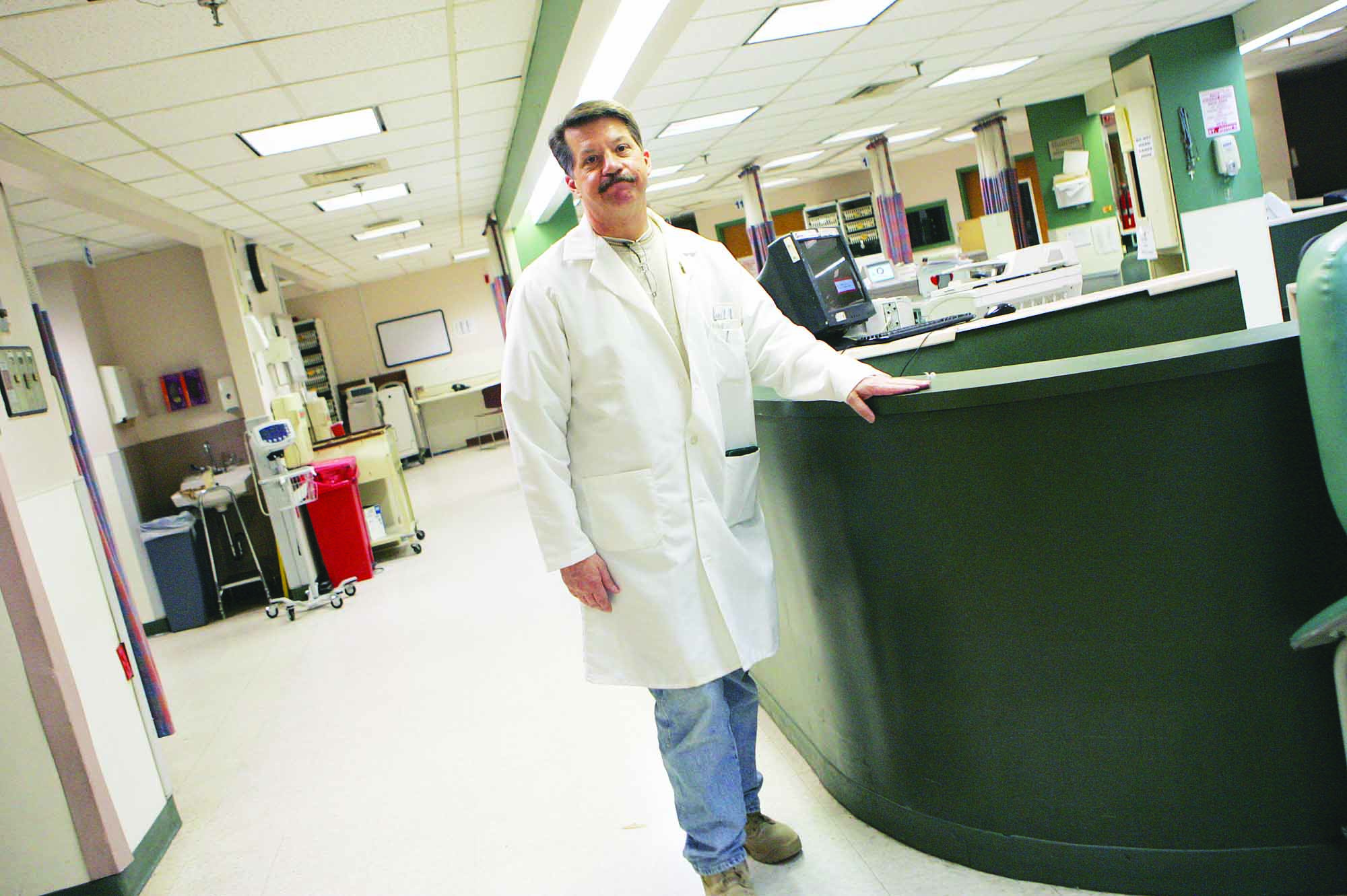
Up until 2006, St. John’s Hospital had been operated by the St. Vincent’s Catholic Medical Centers. Along with serving Elmhurst, it was also a preferred medical destination for other western Queens neighborhoods including Glendale, Maspeth, Middle Village, Rego Park, Corona and Forest Hills.
St. Vincent’s filed for bankruptcy in 2006 due to mounting debts in operating its medical facilities. The debts, like those incurred by many other medical centers nationwide, were the result of rising costs combined with lack of payment from uninsured patients, or slow reimbursement from health insurance companies or government agencies for care provided.
It was reported that both St. John’s and Mary Immaculate were running operating losses of up to $4 million a month.
During its bankruptcy proceeding, St. Vincent’s sold St. John’s and another hospital in Queens that it owned — Mary Immaculate Hospital in Jamaica — for up to $50 million to Wyckoff Heights Medical Center, located on the Brooklyn/Queens border near Ridgewood.
Wyckoff management created an off-shoot organization called Caritas Health Care to operate St. John’s and Mary Immaculate. Caritas had made promises to invest capital in updating the hospitals so they could compete with other medical centers across the borough.
But Caritas soon found itself in the same economic trouble that St. Vincent’s had. The outfit was unable to restructure the massive debt. The timing of the situation didn’t help matters; the economy slumped amid the Great Recession that hit between 2007 and 2009.
A closure crisis
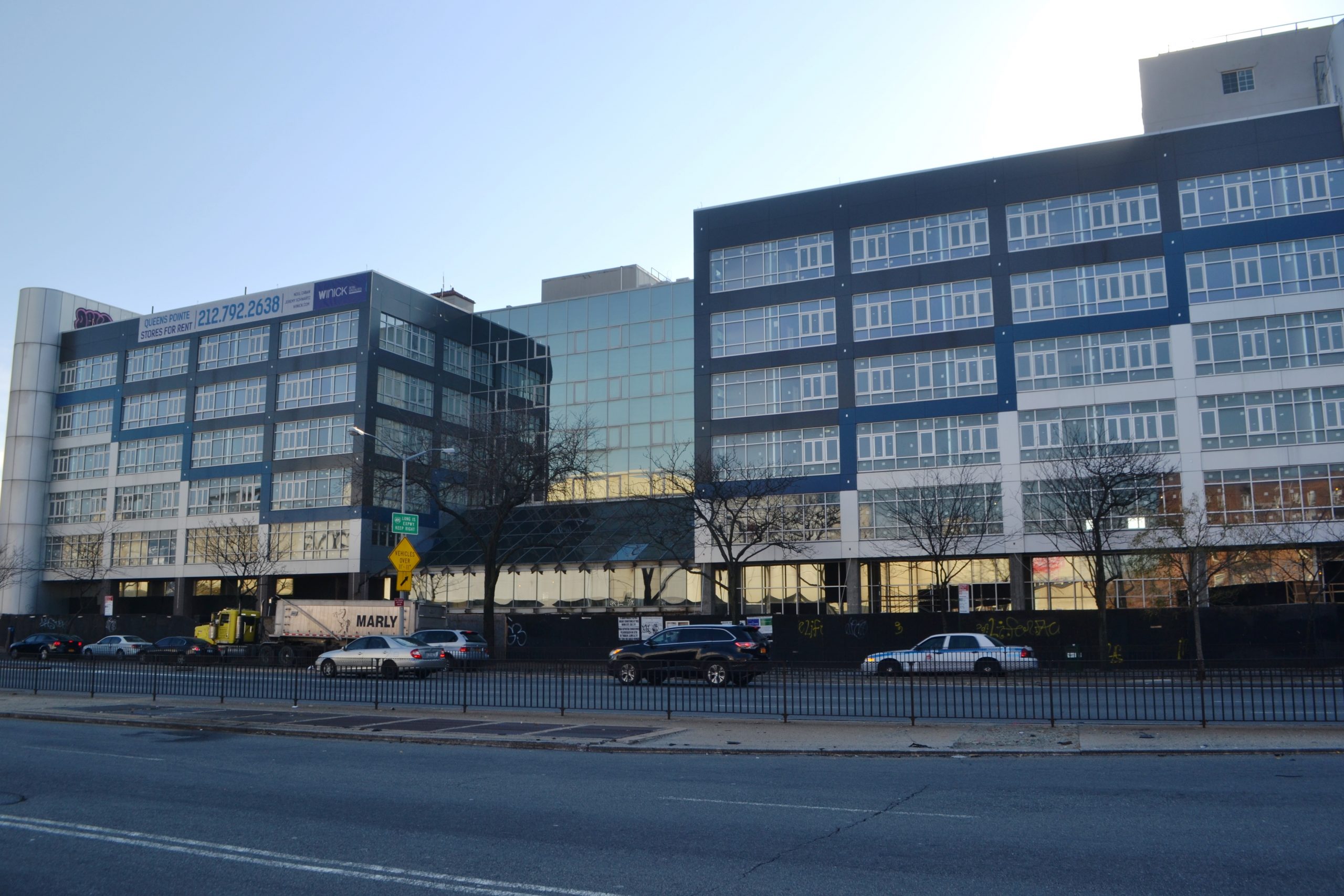
On Feb. 6, 2009, Caritas filed for bankruptcy, and the organization announced it intended to close St. John’s and Mary Immaculate in 30 days time. The hospitals were saddled with more than $100 million in combined debt.
Of the debt, Caritas owed close to $60 million to the New York State Dormitory Authority, which had provided loans just to keep them in operation.
Late in 2008, Parkway Hospital closed doors amid its own financial troubles. Suddenly, Queens was on the verge of losing three hospitals.
That prospect raised alarm across the borough. Local elected officials scrambled to avoid — or at least deal with — the impending loss of the combined 216 hospital beds and 1,600 hospital jobs at St. John’s and Mary Immaculate Hospitals.
A week later, on Feb. 13, both St. John’s and Mary Immaculate were ordered not to accept any emergency room patients, a precursor to a hospital’s closure. Almost immediately, that led to a spike in patients at other nearby hospitals across Queens, including Elmhurst Hospital.
The closures of St. John’s and were ultimately approved by the state Department of Health, which promised relief for other Queens medical centers impacted by the decision. That included a $3.6 million grant to the New York City Health and Hospitals Corporation to expand emergency room services and inpatient capacity at both Elmhurst and Queens Hospital Centers.
Months later, then-Queens Borough President Helen Marshall released an “autopsy” report on the closure of the three medical centers. The report outlined that even though Caritas had been working to pay down the debts on St. John’s and Mary Immaculate, the hospitals were still getting state loans of $6 million every two weeks to stay alive.
“It was just too little too late,” Marshall told the TimesLedger at the time. “If the economic times weren’t so bad, I think they would have been saved.”
More than 600 hospital beds were lost a result of the three hospitals’ closure, along with vitally needed emergency room services that would have proven priceless during the coronavirus pandemic.
The first pandemic
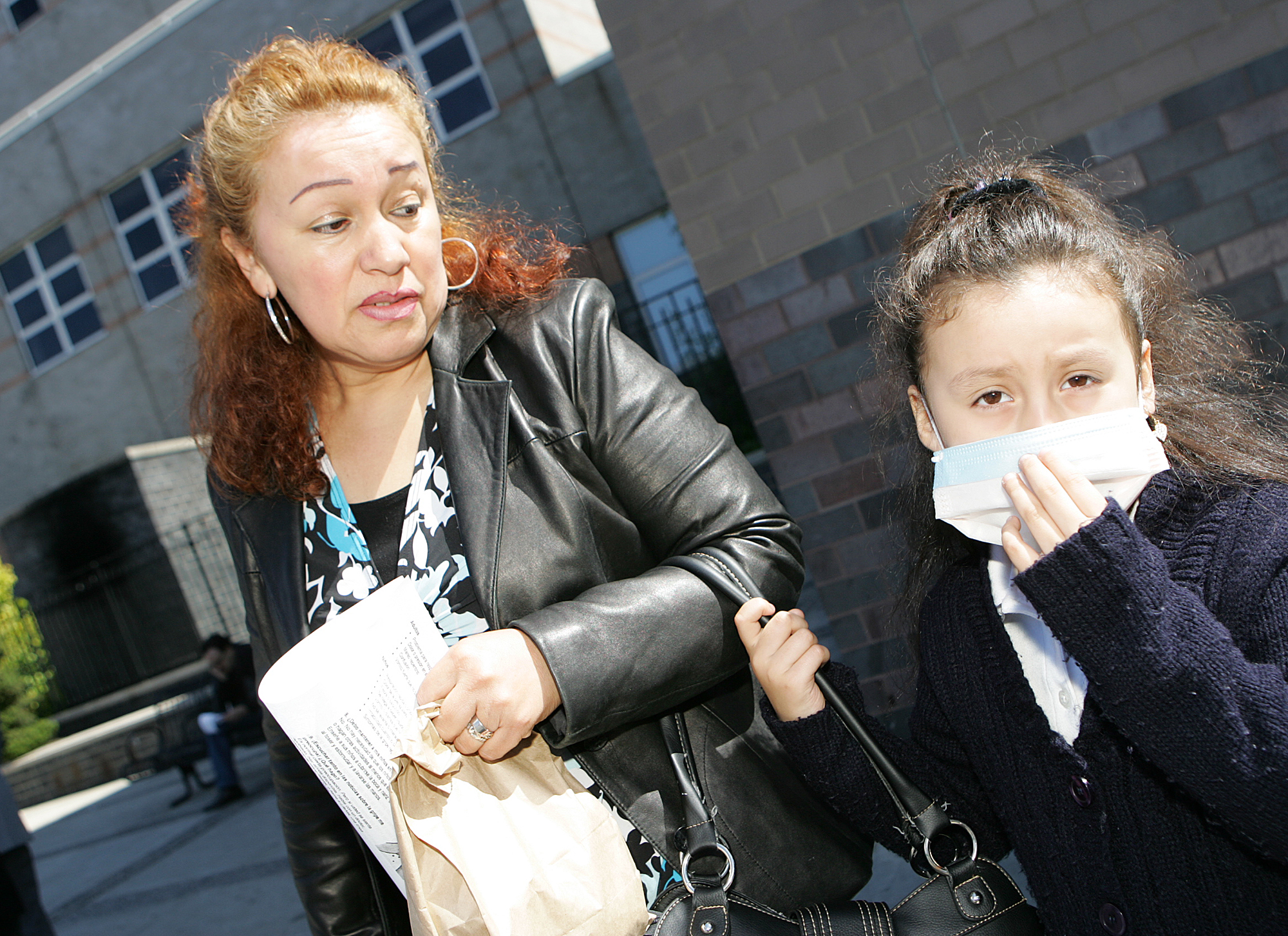
St. John’s and Mary Immaculate closed on the weekend of Feb. 21, 2009, leaving Elmhurst and other nearby hospitals to pick up the slack.
But within weeks, before Elmhurst Hospital could catch up with the new demand, they and the rest of Queens were hit with a pandemic — a swine flu outbreak.
The pandemic wound up sickening hundreds of Queens residents, primarily children; nearly two dozen schools had to be temporarily closed to help curb the spike in cases.
The H1N1 flu outbreak wasn’t nearly as widespread or lethal then as coronavirus is proving to be today, but it was prevalent enough to send many Queens residents to Elmhurst Hospital seeking care.
“The ER is just inundated,” said Dario Centorcelli, then an Elmhurst Hospital spokesperson, in a May 2009 TimesLedger report. “A busy day for our Pediatric ER Department used to be 250 patients a day. Now we’re seeing 350 on a regular basis.”
The TimesLedger report noted that the hospital had treated on May 18, 2009 “a record 407 children and more than 800 patients in total.”
Growing numbers
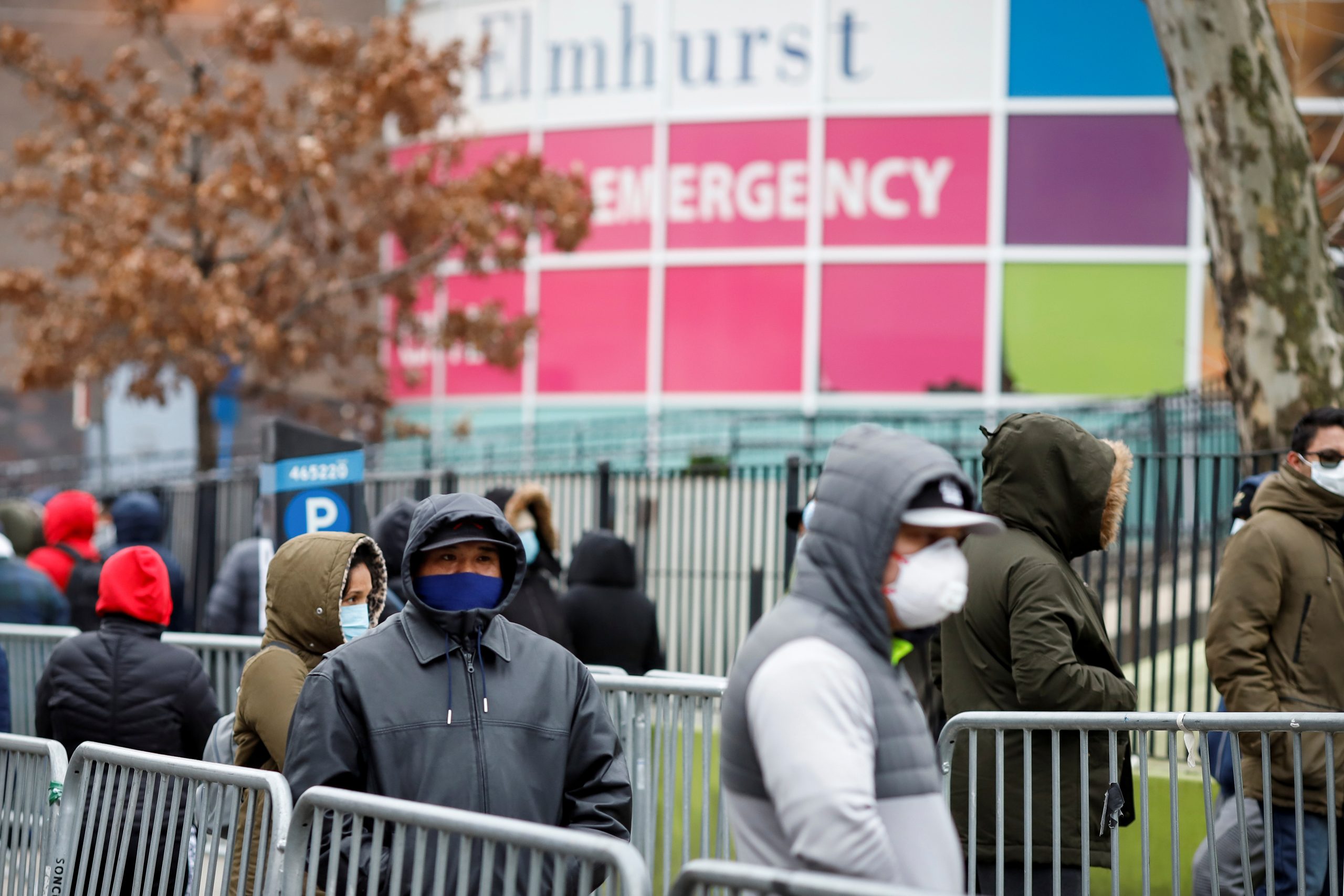
The city, state and federal governments worked together to limit the spread and scope of the swine flu outbreak. While the crisis abated, the pressure on Elmhurst Hospital’s emergency department would continue to increase in the decade to come.
City data revealed that visits to the hospital’s ER grew by 38% between 2009 and 2014. As a Level 1 trauma center, as of 2018, it was receiving 1,200 trauma admissions per year.
Last year, a long-awaited expansion of Elmhurst’s emergency department finally got off the ground. The project, estimated to cost $43 million, includes renovations as well as the creation of a second story for the department. Thirty-three new patient rooms would be created, including rooms for bariatric, special pathogens and critical care isolation.
But these improvements will come long after the coronavirus crisis ends. Construction was scheduled to start this spring, with completion projected for 2023.
While the city and state scramble to find ready-to-use hospital bed space across the region, they won’t find them at the long-shuttered medical centers in Queens.
St. John’s and Mary Immaculate were redeveloped over the past decade, transformed primarily into new residential units. The former St. John’s Hospital changed hands several times, and is now a mixed-used development featuring apartments and retail/office space.
Parkway Hospital, meanwhile, remains abandoned. Plans reported in 2018 to redevelop the site into residential housing have yet to come to fruition.
A Google Maps photo taken in 2018 shows the former entrance awning in tatters and windows boarded up. The Department of Buildings database reveals no new building permits for the former medical center; the most recent filing occurred in 2009.
Along with Elmhurst Hospital, nine other hospitals currently serve Queens residents: Mount Sinai Queens, Astoria; Northwell’s Long Island Jewish, Forest Hills; Wyckoff Heights Medical Center, Brooklyn; NewYork-Presbyterian Queens, Flushing; Jamaica Hospital Medical Center; Flushing Hospital Medical Center; NYC Health + Hospitals Queens, Jamaica; St. John’s Episcopal Hospital, Far Rockaway; and Northwell Long Island Jewish Medical Center, New Hyde Park.
